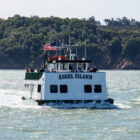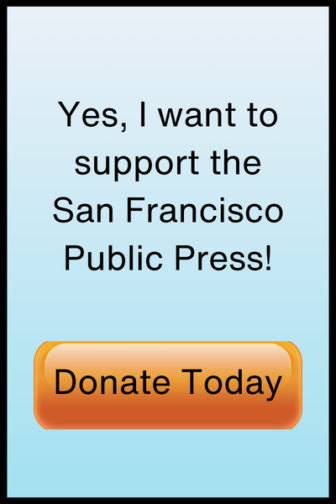Education
Will SF Public School Closures Save Money? Not Much. And Not Quickly
The San Francisco Unified School District’s plans to close schools and consolidate student populations may save it some money — but officials cannot say how much money, or when.
Meanwhile the district continues to bleed funds as it faces a long-term enrollment crisis.










